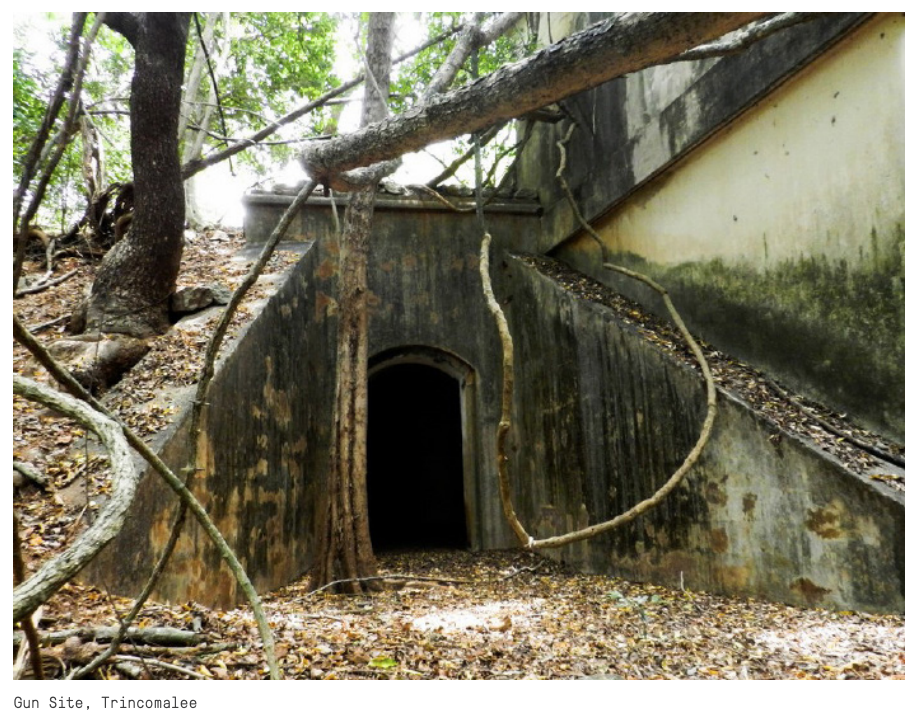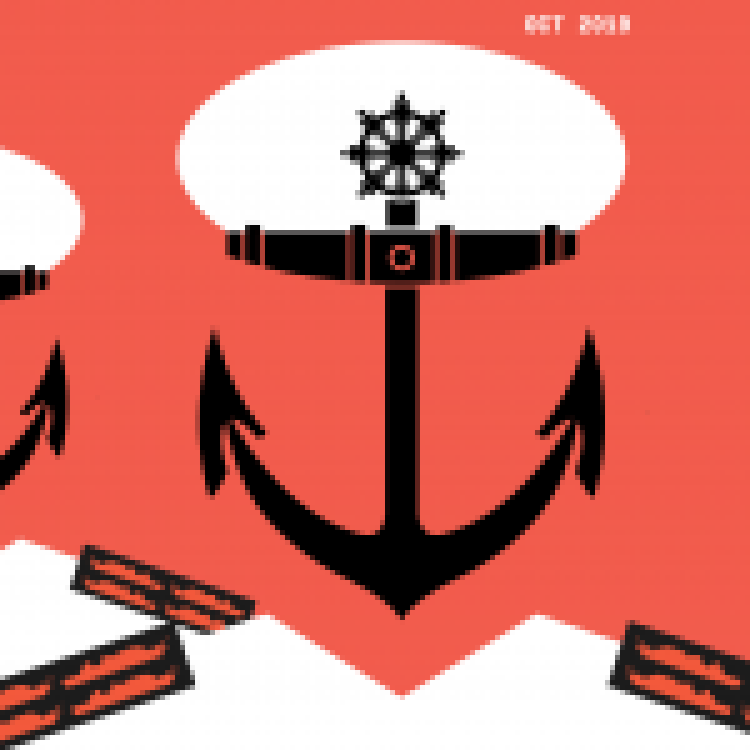
A Sri Lankan Navy Captain was arrested on November 18 by the Criminal Investigation Department (CID) in connection with the abduction, unlawful detention, and enforced disappearance of a Sinhalese individual, Ganeralalage Shantha Samaraweera, 13 years ago.
The 48-year-old Captain, a resident of Giriulla and Maharagama, was taken into custody by officers from the CID’s Organized Crime Investigation Division. Samaraweera, a resident of Vajirawatta, Katupotha, was detained on or around July 26, 2010, but his whereabouts have remained unknown since the incident.
This arrest follows a series of earlier arrests connected to the case. In December 2023, Chief Inspector Saman Kumara Dissanayake, the head of the Alawwa Police Crimes Division at the time, was arrested for his involvement in the incident. Two police sergeants, A.L. Kumara and R.D.S.B. Rajapaksha, were also arrested in May 2024 concerning the unlawful detention. All three police officers have been released on bail.
The CID initiated its investigation into the disappearance after a complaint was lodged at Police Headquarters, backed by a petition from Samaraweera’s sister to the Human Rights Commission of Sri Lanka. Despite inquiries, Samaraweera's fate remains unknown.
According to reports from the International Truth and Justice Project (ITJP), Samaraweera was held in an underground torture chamber at the Trincomalee Naval Base. Another detainee, Basnayaka MudiyanscIelage Wijayakanth, who was also detained at the same location, later informed the CID about Samaraweera’s detention. Wijayakanth had served as an informant for the Navy. The investigation also uncovered allegations of torture and human rights violations.
The ITJP report also reveals that Samaraweera, whose name is also recorded as Samarawickrama, was held at the Trincomalee Gun Site under the custody of RPS Ranasinghe and his Special Intelligence Unit officers. He was initially a suspect in a crime case when he fled from police custody at the hospital in July 2010.
In 2010, Samaraweera’s elder sister, Lalitha Jayasinghe, filed a complaint with the Human Rights Commission (HRC) on July 28, 2010, claiming that her brother had disappeared after being arrested by the Alawwa police on July 22. The family visited the Alawwa Police Station on July 25, where the police initially denied holding Samaraweera. However, after intervention by their lawyer, the police produced him but assured him that he would be presented in court the following Monday—a promise that was never fulfilled.
Later, the family received information that Samaraweera had been admitted to the hospital due to a headache. When they visited the hospital, they were told that he had escaped through a window in the toilet. Despite checking for any legal proceedings, Samaraweera was never presented in court. This prompted Jayasinghe to lodge a formal complaint with the HRC.
The case gained renewed attention in 2022 when Lalitha Jayasinghe filed a petition with the Human Rights Commission. She recounted an encounter with her brother at the Mirigama Police Station on July 25, 2022, where police initially denied holding him. However, after intervention by her lawyer, the police eventually allowed her to meet Samaraweera, who was reportedly in their custody at that time. The case is similar to the abduction of the 11 youths whose fate remains unknown to date.
“The Trincomalee 11 abduction case was supposed to be the great success story of Sri Lankan justice but tragically it’s become emblematic of failure,” said the ITJP’s Executive Director, Yasmin Sooka. “Many senior naval officers in the command structure in charge of naval intelligence or stationed at Trincomalee haven’t even been questioned, alleged perpetrators have been protected and promoted, and the living victims never even interviewed.”
The report, which examines the complicity of the Sri Lankan Navy in torture and enforced disappearances over many years, found that “these violations were part of a wider pattern of systemic torture that occurred over many years and in multiple sites, perpetrated by the Sri Lankan Navy and other units of the security forces”.



